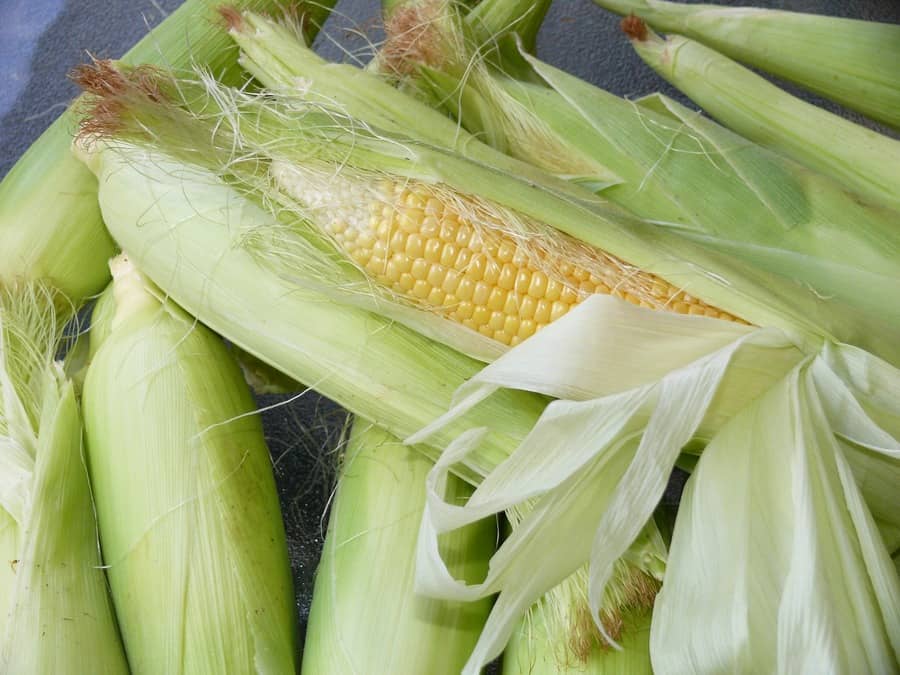Porto Alegre, April 18, 2023 – Some evidence is already present in the Brazilian domestic market of corn. Growers want to retain soybeans under any circumstances, as they believe in the recovery of prices and, mainly, premiums. They will sell corn at any price to make this retention of soybeans viable. Exporters are struggling to find a good shipping window for June/July and August due to the high flow of soybeans still being shipped. In the middle of these two definitions, the internal market is trying to reach export prices as quickly as possible to find a flow for June already at the beginning of the 2023 second crop. The issue now is the more appreciated real against the dollar, which is dropping port levels and forcing the internal market to additional pressures.
The corn market shows, once again, that it is the champion of extremes among commodities. After a sequence of very high prices of corn for the last two years, the market is once again reflecting an environment of sharply falling prices in the domestic market, still under the protection of a good level abroad. Prices still high abroad but already plummeting in the domestic market. This is a reflection of the decision-making environment of growers in this 2023 crop. Larger forward sales of soybeans could alleviate the issue of space for the summer corn, which is being sold at prices indicated by buyers. Growers have decided and continue to focus on large sales of corn and retention of soybeans.
The movement is so expressive that it managed to break the bullish seasonality of corn in the first half of the year, which has nothing to do with carryover stocks. Perhaps with excellent summer yields, but necessarily with the growers’ decisions. Last week was marked by lower prices. Initially, this process of selling interest continues, and it seems that it is far from stopping. Growers are trying to find consumers to absorb this summer production, and it does not seem to be occurring the slightest retention of corn. Of course, 24 mln tons are hitting the market between January and May, and if growers decide to sell, there is a natural selling pressure.
The question now is whether this situation will stop. Well, for the market to find a sustainable balance point, prices need to align with export levels and then try to find some outflow through export business. The issue is that trading companies are full in May and June, limiting purchases for July, and may boost volumes only after August. For regions such as Mato Grosso and Goiás, where harvests should start in June, the concern over space is already evident because there is still a lot of soybeans present and that will keep occupying the logistics in the period.
The Brazilian market will only find a point of balance when it finds a flow of exports that divides the sales flow between domestic consumers and exporters. Even so, the issue remains logistical. Therefore, in recent days there has been an acceleration of selling interest to domestic consumption centers, such as the South and Southeast, for June/July and August. Without finding export liquidity, the market accelerates sales to the domestic market. As the reference is the port price, the CIF prices for such regions follow the port alignment.
Thus, we see deals at up to BRL 73 CIF plus ICMS in Santa Catarina for July, at BRL 72.50 with ICMS for the interior of São Paulo, below BRL 50 in Mato Grosso, and at BRL 54 in Goiás. The attempt to take the lead with logistics and destinations puts pressure on second-crop prices and continues to leave no chance for any recovery in the physicals.
The port has not registered major business volume for June/July and August. The levels indicated last week were between BRL 68/72 at the port. And it is this price that puts pressure on the interior, be it in the physicals or with the second crop. From now on, the market will continue to be guided by this export price, which obeys the environment of the CBOT and the exchange rate. A US crop with planting within the normal window could bring more pressure to port levels.
Another point that could generate some internal volatility is the weather for the second crop. Mato Grosso and Goiás have a large portion of crops consolidating, with pollination and silking going on under excellent conditions, suggesting potential productivity records. There is, indeed, a portion of 10 to 20% of crops that will still be entering this phase in May, however, they are also in excellent condition.
Paraguay, Paraná, Mato Grosso do Sul, São Paulo, and a large part of Minas have crops with a later cycle this year and still inspire all kinds of care and attention to the climate. Either by the cut in rains or frosts. Most crops will enter the pollination and bolting phase in May, with June and July still open for grain filling. So far, the rains in the last ten days have been quite satisfactory for crop development. The only point that deserves attention is the north of Minas Gerais having an April with below-normal rainfall.
A slight cold front arrives in southern Brazil this week, which is completely normal and seasonal. Far from any instability for the second crop. Of course, the focus on this climate variable will continue to be present for the next sixty days on the second crop, although a good part of the Midwest of the country is confirming a high potential production.
Follow the Safras Agency on our website. Also follow us on our Instagram and Twitter and stay on top of the main agribusiness news!
Copyright 2023 – Grupo CMA

